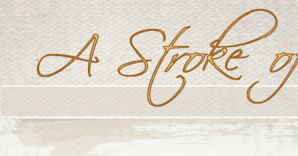|
Richard Whitney is doing the same thing
Oh my goodness! I just viewed Richard Whitney's web page of his paintings. He is doing the same thing that I am talking about.
Please go to his website and look at the picture of the woman with the black dress standing in front of the red wall. He used red in the black dress. Some might have used a black dress with green in it, but this guy knows THE trick. The eye flows so much easier. It's "easy to look at".
And, after my studies on greys this summer and observing that analogous grays make the subject color glow, well, this just confirms more of that same thought.
But using analogous grays is another subject and one which can best be found on the internet with all it's colored boxes, etc.
Ok, thank you all for your input on this topic.
|

